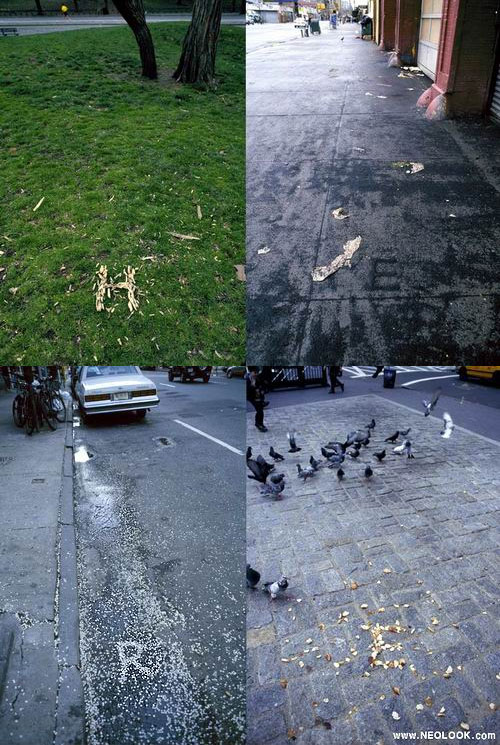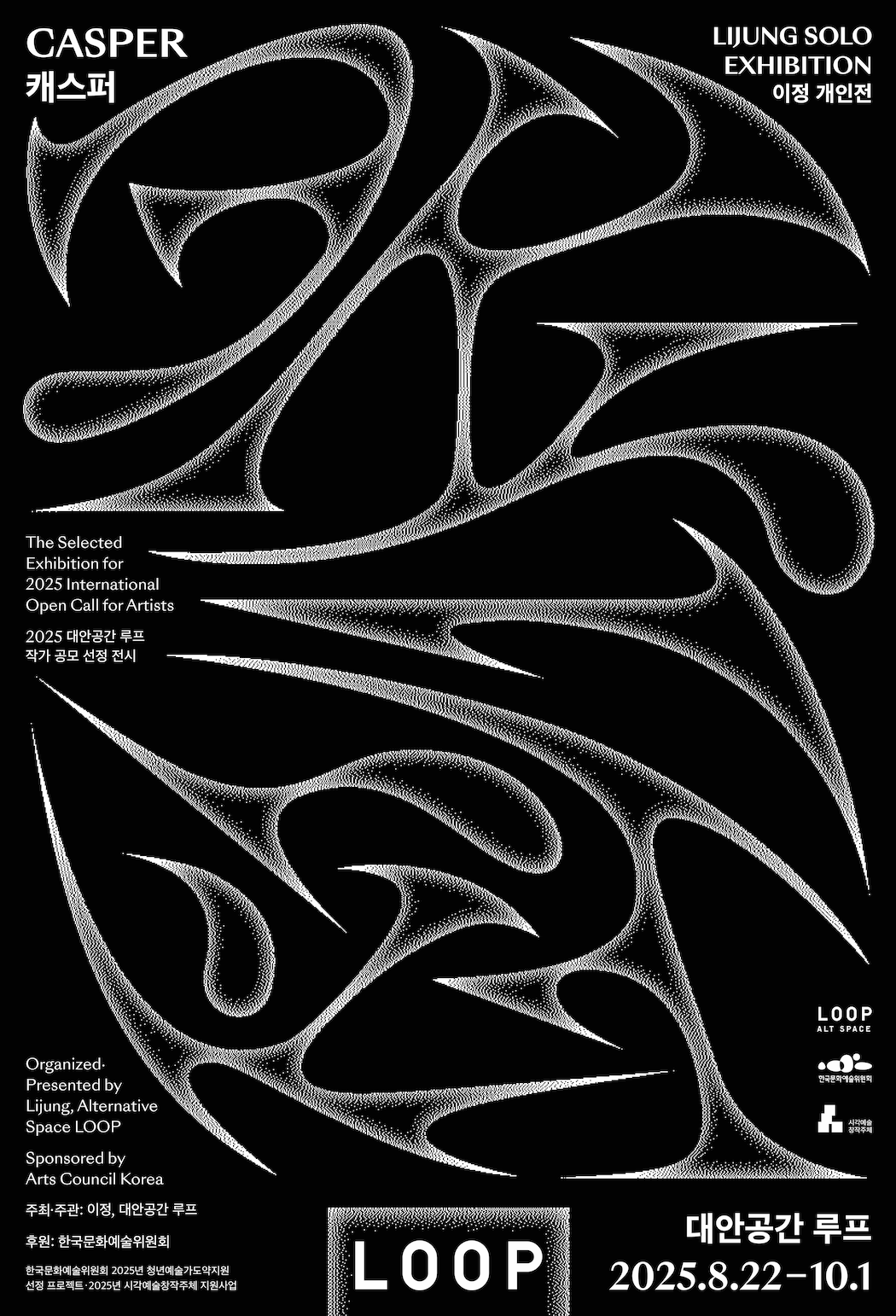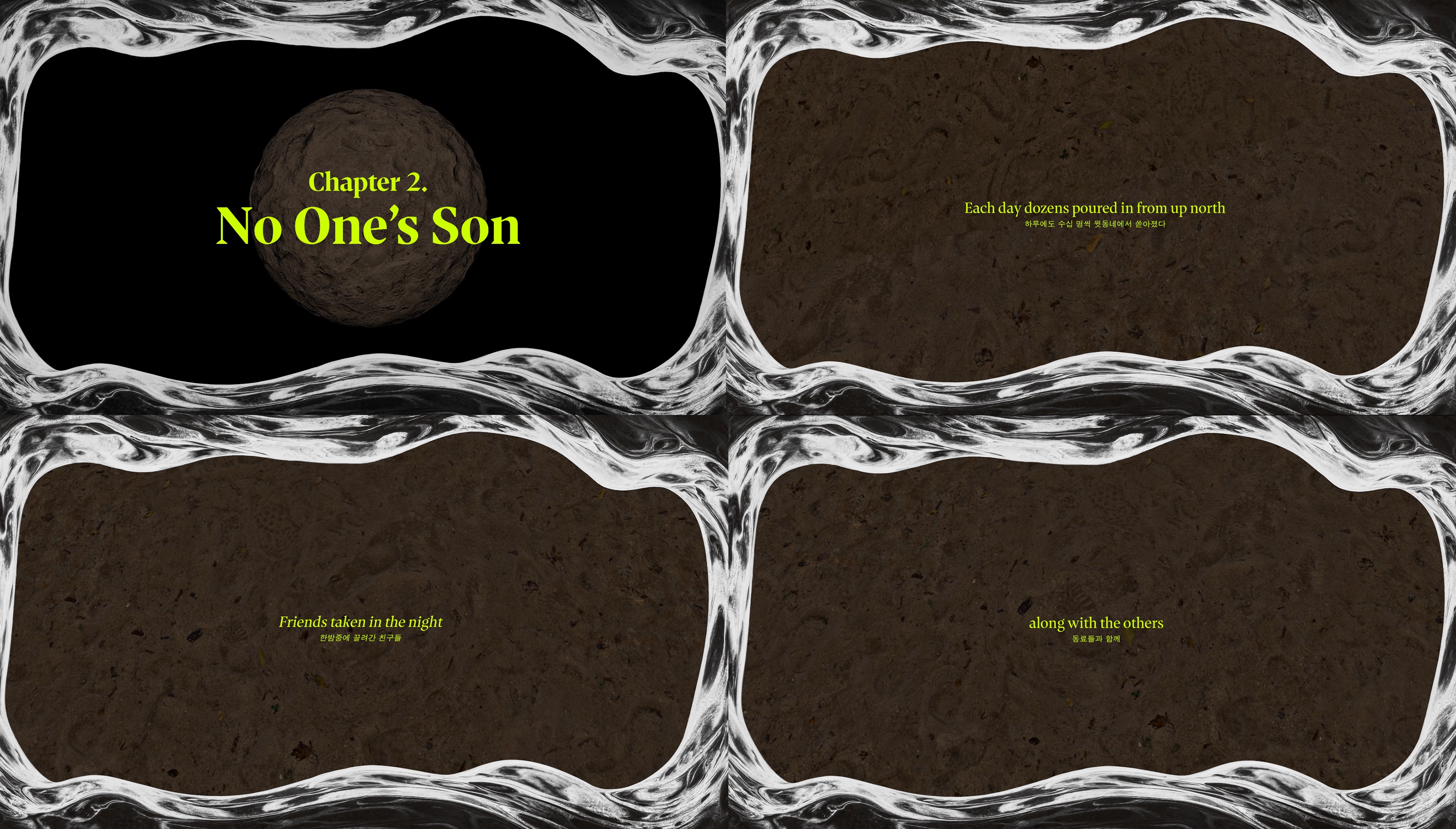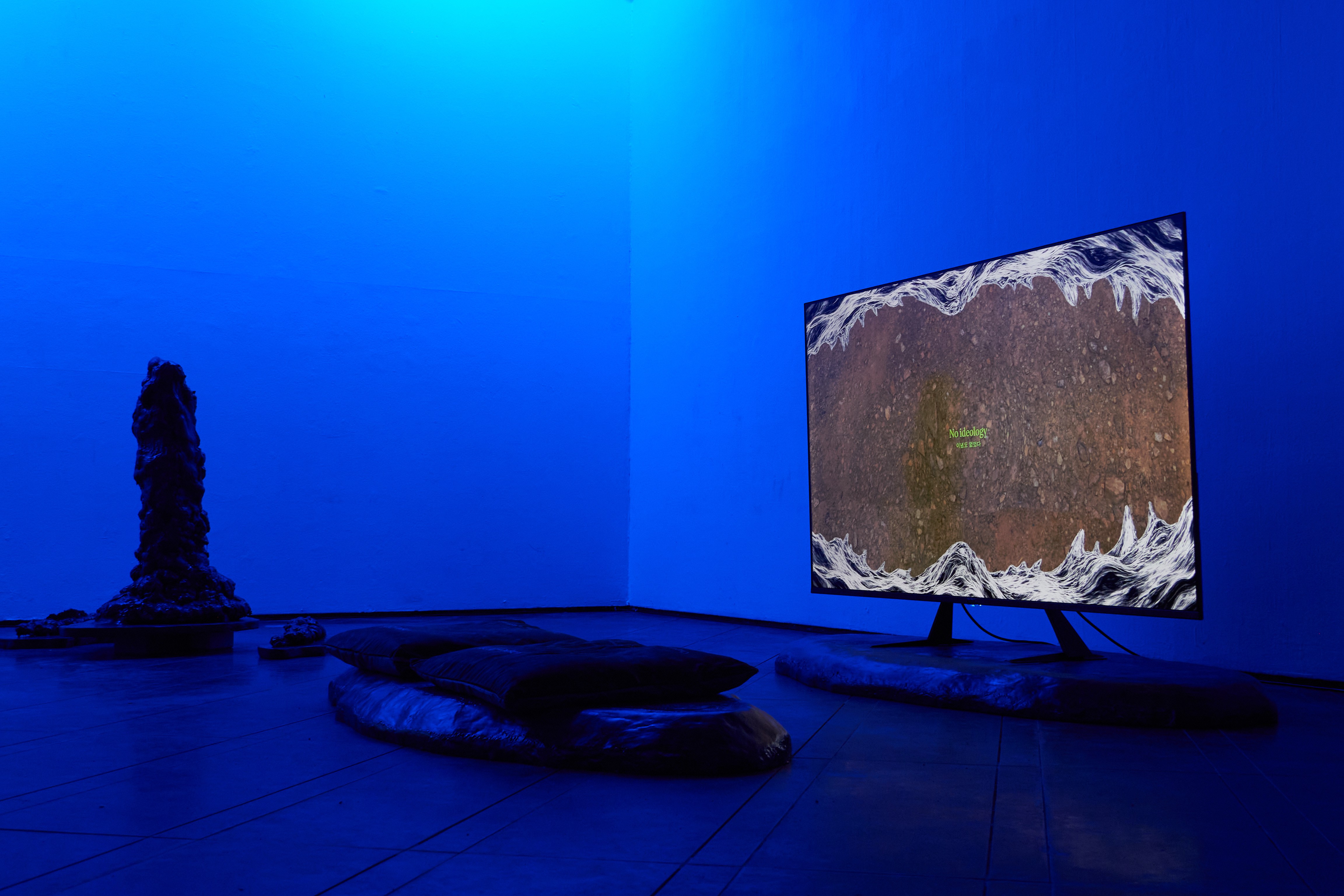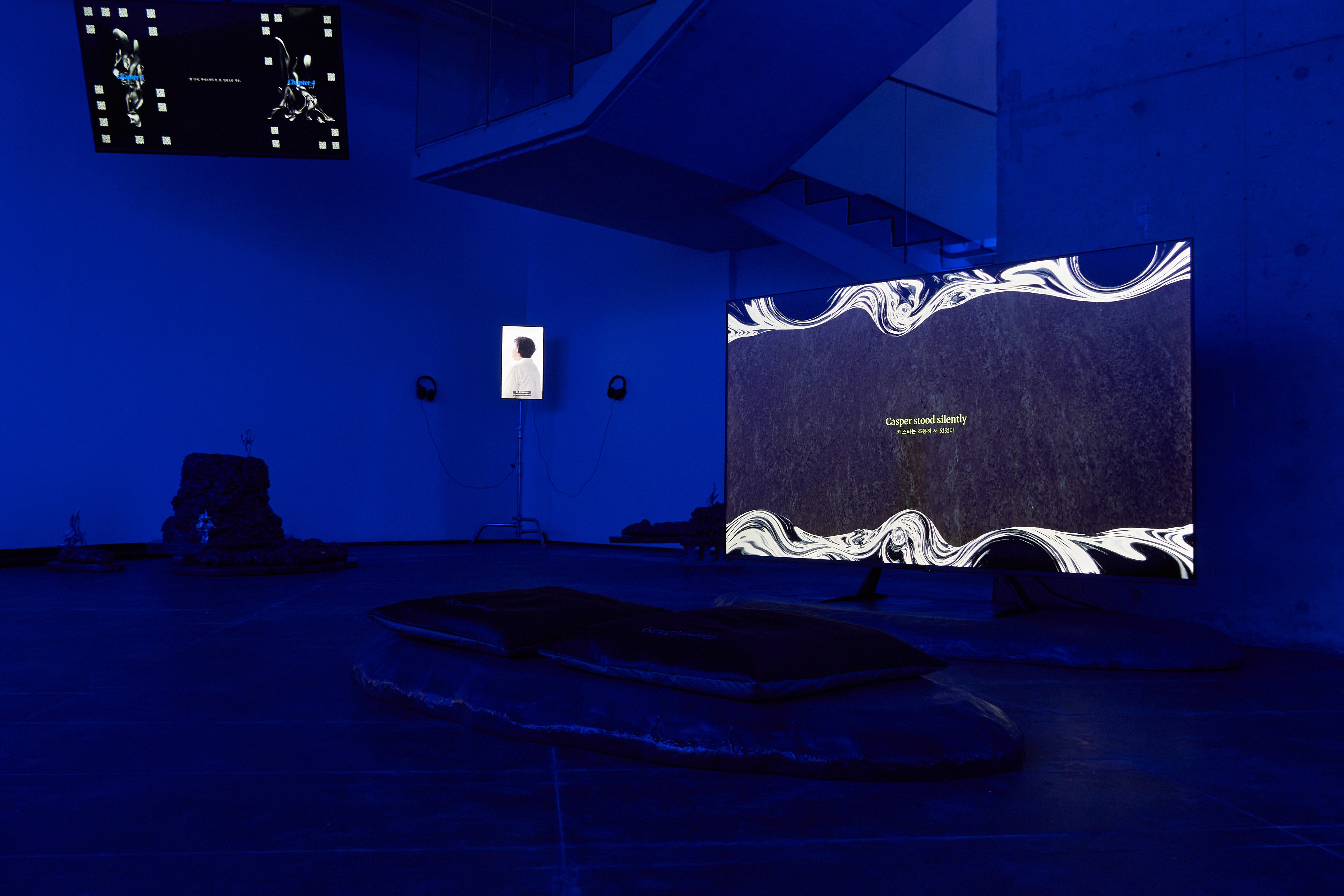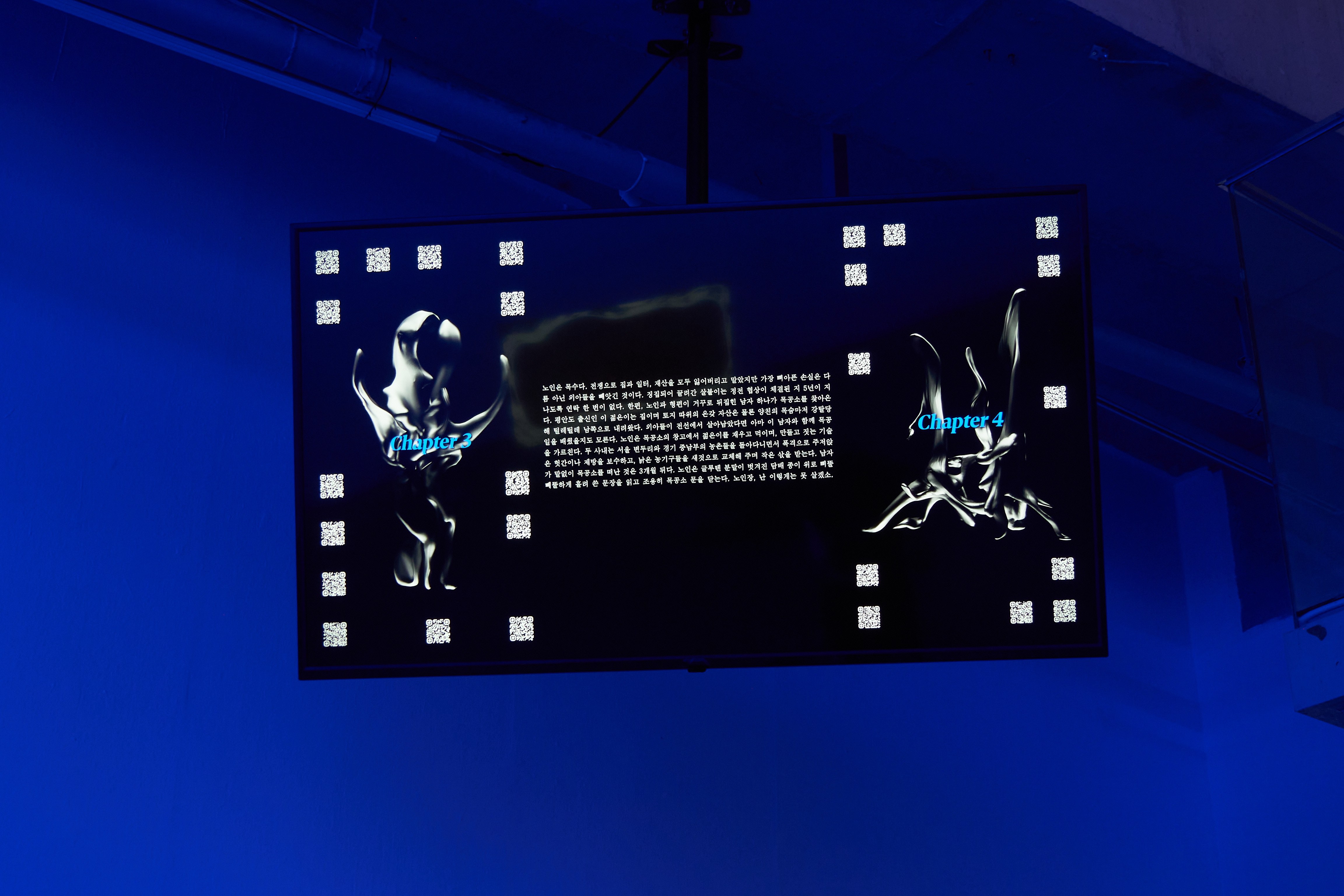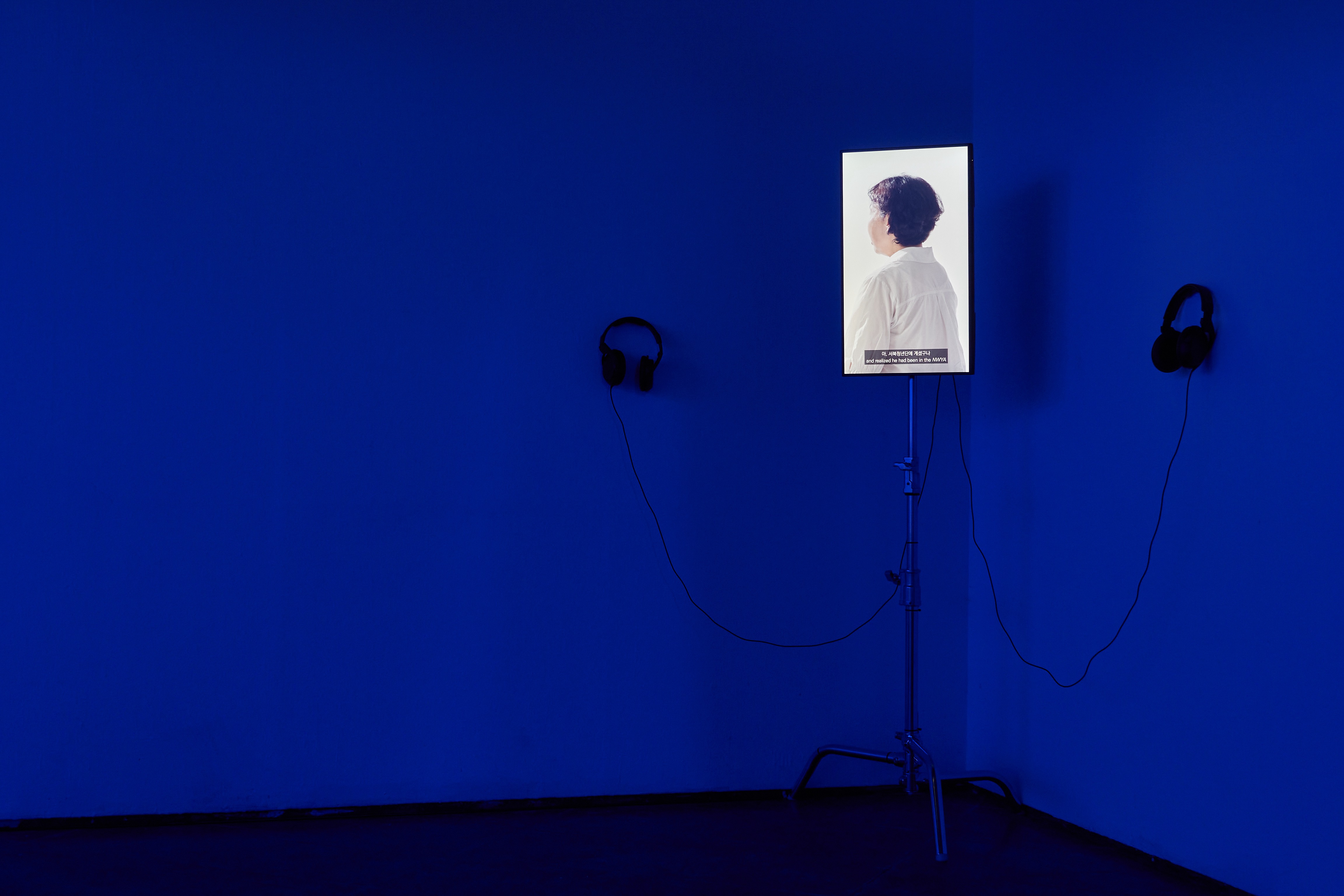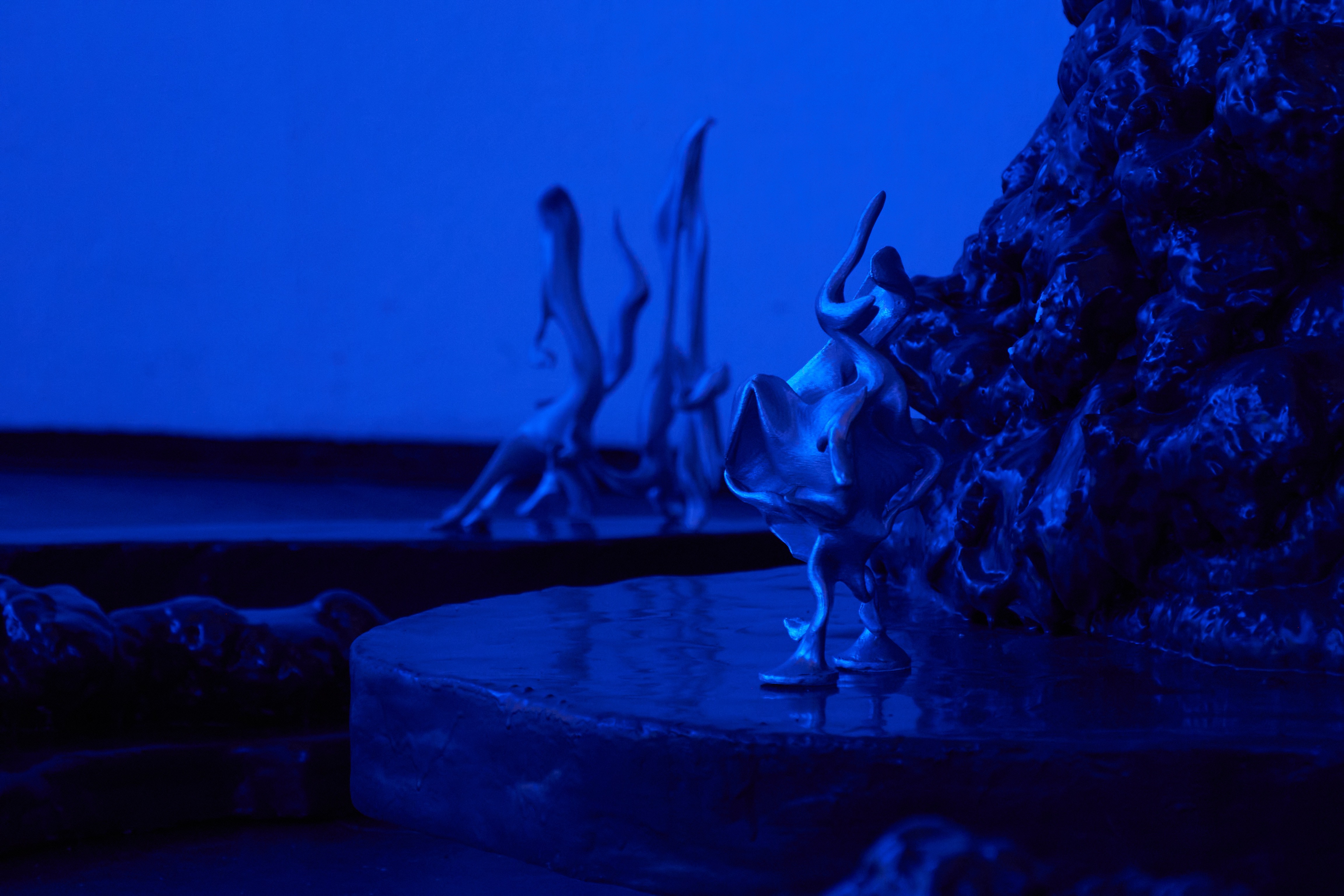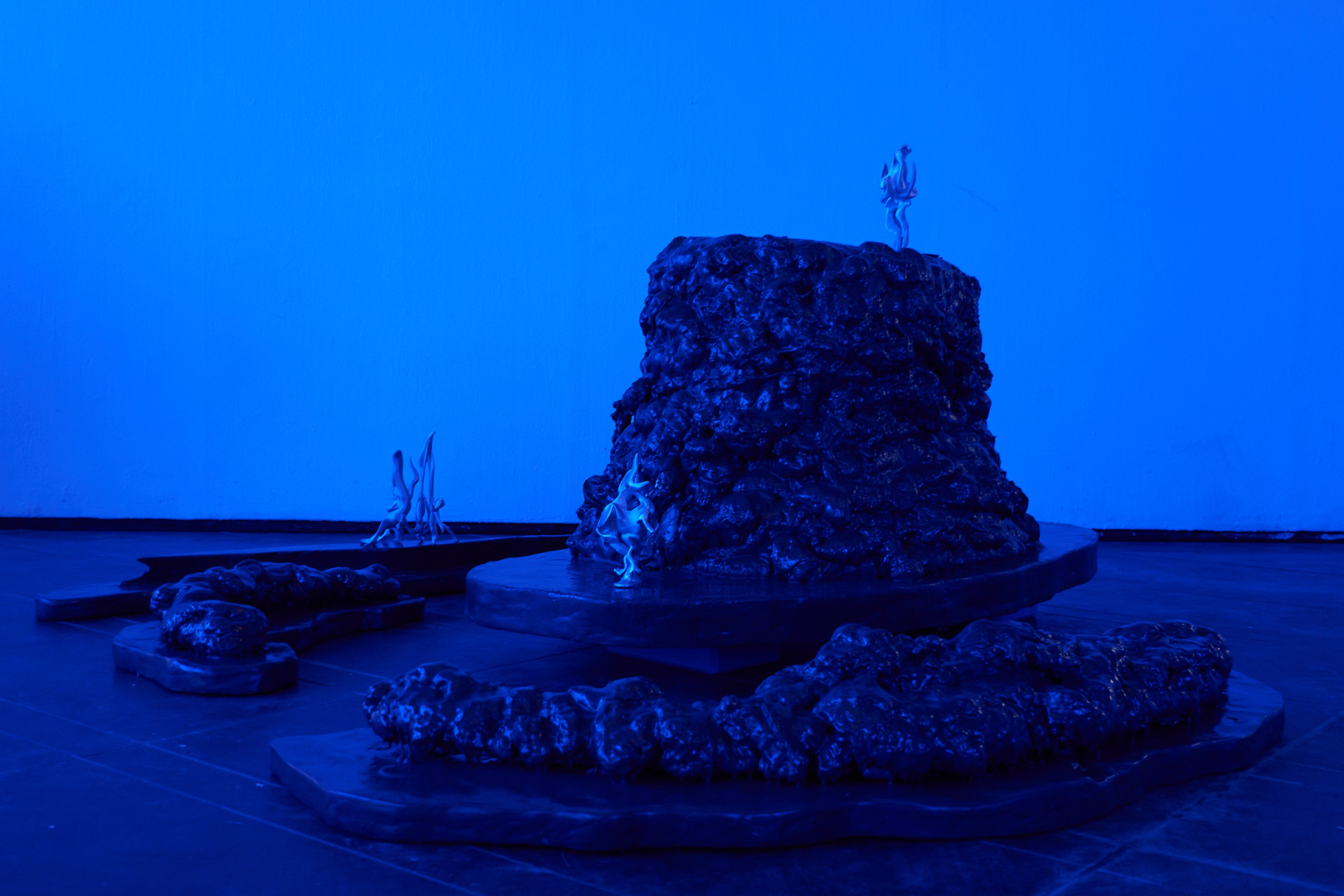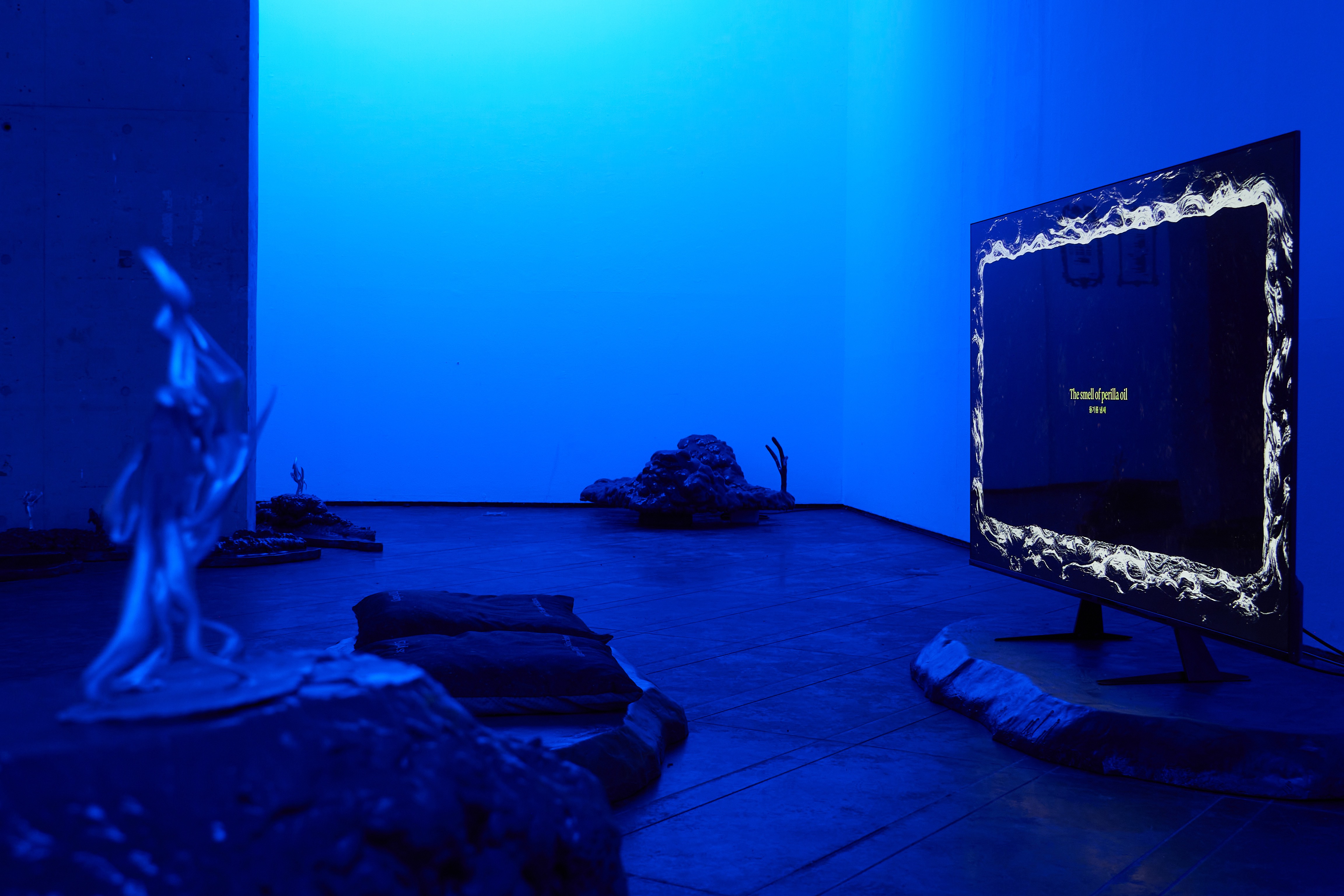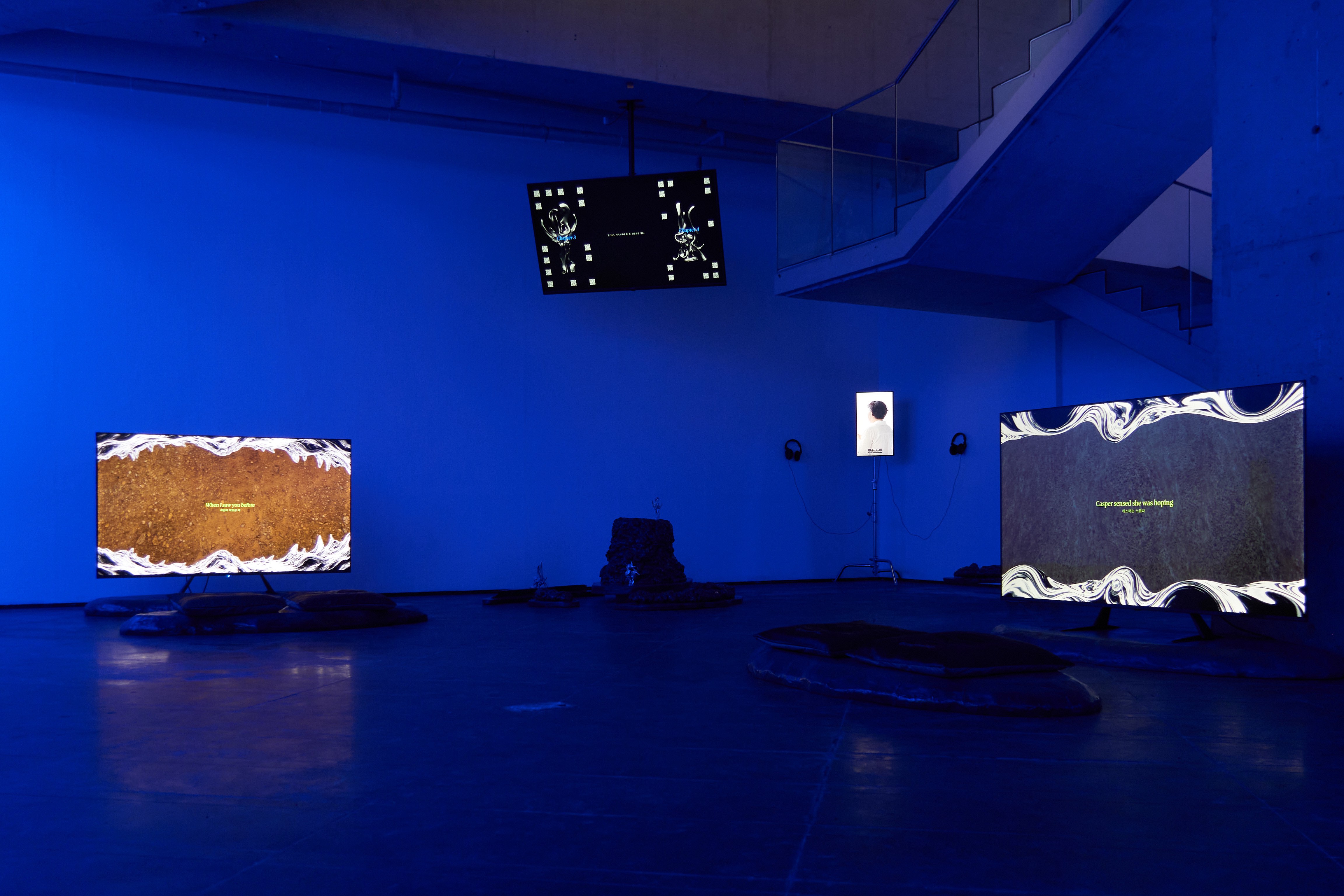“They passed without a name.”
Casper begins with the story of the artist’s maternal grandfather, a native of Hwanghae Province in present-day North Korea. After Korea’s liberation from Japanese colonial rule, he joined the Northwest Youth Association(a far-right anti-communist paramilitary group in South Korea), while making his living by reselling goods that had circulated out of U.S. military bases. In the family, his life was shrouded in silence, with no photograph left behind. In Casper, Lijung likens her grandfather — whose traces have long since vanished — to a ghost. Anchored in his story, she reanimates the erased narratives of those effaced from history without a name, drawing on family oral histories and archival stories.
Born the son of a landowner in Sinchon, the grandfather lived through Japanese occupation, liberation, and the Korean War, only to see himself collapse. Fleeing to the South, his sole purpose became survival. He went back and forth between the family that moved with him from the North and the new household he established in the South, providing for them all. He was at once a victim and a perpetrator of the Korean War and its ideologies. As a patriarch himself, he “survived without history, without weight, without a name, carrying on wordless transactions.” Disappearance was a fearful fate.
Casper is the third in Lijung’s postmemory series, following Korean Ghost (2022) and Kishin: The Generation of Postmemory (2023), both of which addressed modern Korean history, from the Korean War to the democratization movement. The title Casper is borrowed from the film Casper, the Friendly Ghost. Unlike the typical ghost tethered to the world by lingering resentment or regret, Casper wanders the Whipstaff Manor without knowing his name, how he died, or what kind of life he had lived. Through the warm image of this friendly ghost—who longs to connect with people—the exhibition offers consolation to the anonymous figures of history, including the artist’s grandfather, and to the times in which they lived. The vanished become Caspers; the exhibition space becomes their manor.
On the first floor, the single-channel video Ghost Without a Grave (2025) serves as a symbolic axis for the exhibition. As a digital cemetery commemorating those who were laid to rest without a gravestone, it plays the artist’s poetry honoring the nameless, accompanied by sound created by Eunsil Noh. Here, the gallery becomes a shelter for those who had nothing, a starting point for the wish that “may their untold stories find breath here, at last.”
Encircling the gallery walls, Unseen Narratives (2025) is an image-archive research, reimagining historical backdrops and landscapes surrounding Casper through sibatool and resin. Faint photographic images seep through layers of reconstructed scenery: fragments of places Casper might have lived, and people he might have met. Memories of the undocumented manifest as ectoplasm—spiritual energy made tangible through material form.
The main work, Casper (2025), a four-channel video series installed in the basement floor, tells the stories of people who lived close to the ground, in low and invisible strata. It is installed so that visitors must lower their bodies to encounter it — a physical device that brings them face-to-face with the narratives of unrecorded history. Divided into four chapters, the videos recount the fictionalized story of Casper, written by the artist against the backdrop of her grandfather’s life. Moving through themes of war and division, historical rupture, class collapse, loss, ideology and violence, survival ethics, disconnection, and emotional absence, the work summons the traces of a past that has disappeared yet not entirely dissolved.
In collaboration with novelist Jongwon Shin, the single-channel video series Unseen Narratives(2025) metaphorically captures anonymous stories that are absorbed and erased within the cycles of history. The text appears on an electronic message displays suspended from the ceiling, reminiscent of those in public spaces. If Casper resides on the floor and anonymity hangs from the ceiling, at the viewer’s eye level is Fragments of Memory (2025), a video interview in which the artist’s mother recounts her father’s story. Lijung regards the disappeared, likened to Casper, neither as heroes nor villains, but simply as “survivors.” Rather than faithfully restoring historical memory from its archival remnants, she invites viewers to confront the void, to contemplate it, and to gently touch the traces that remain.
Written by Sun Mi Lee, Curator, Alternative Space LOOP
Lijung
Lijung is a visual artist based in Seoul and Berlin. Her work explores the intersection of personal memory and social history through photography, video, installation, and text. She approaches inherited memories across generations through the lens of postmemory.
In series such as Korean Ghost (2021/22), Kishin: The Generation of Postmemory (2023), and Casper (2025), she visualizes silenced narratives through fiction, interviews, archival materials, and 3D environments. Her practice calls forth the overlooked traces of memory and brings them into the present.
